SAFe Release Train Engineer - SAFe RTE Guidance
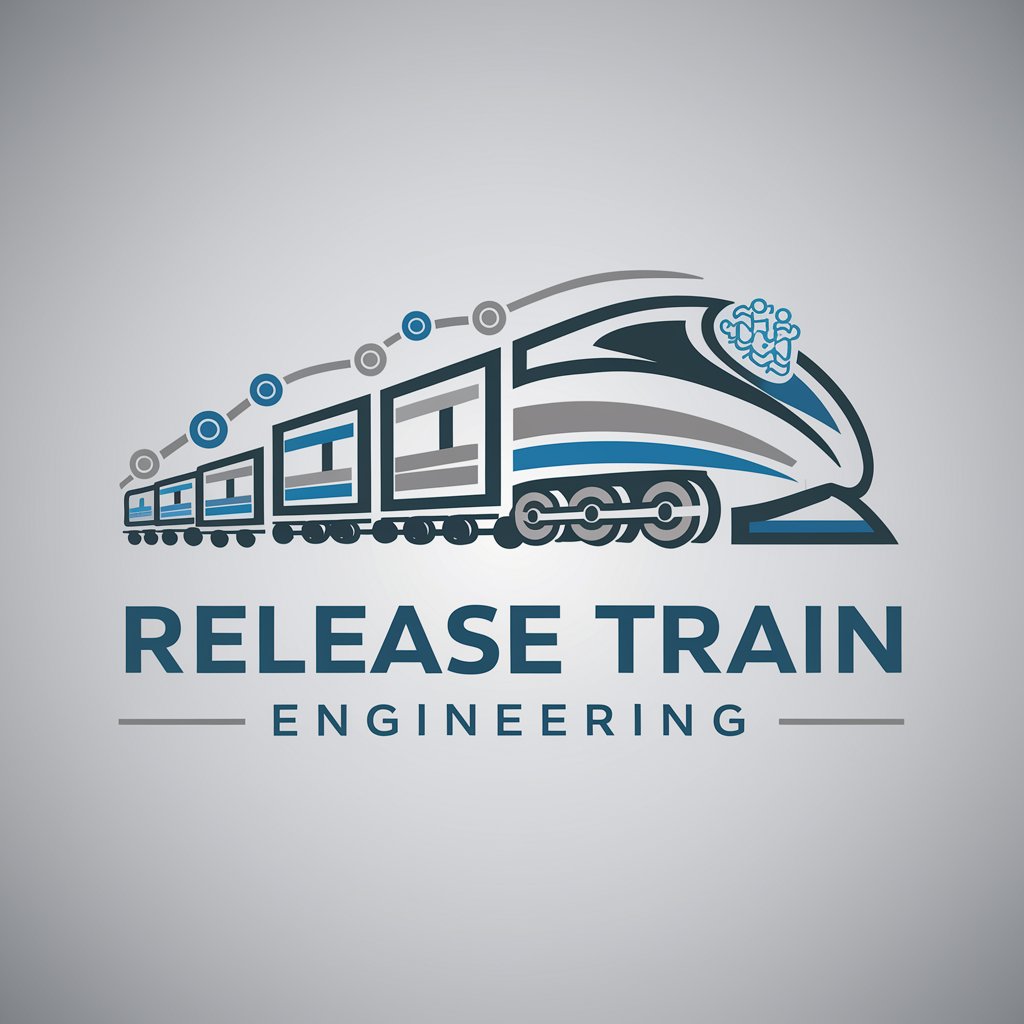
Welcome to our Agile community. Let's drive innovation together.
Empowering Agile Transformations with AI
How can we ensure a successful Program Increment (PI) planning session?
What are the best practices for integrating AI tools into Agile frameworks?
How do you approach coaching a distributed Agile team?
What strategies do you use to manage stakeholder expectations in SAFe?
Get Embed Code
Introduction to SAFe Release Train Engineer
A SAFe Release Train Engineer (RTE) is a key leadership role within the Scaled Agile Framework (SAFe), serving as a master of the Agile Release Train (ART), which is a primary value delivery construct in SAFe. The RTE's core purpose is to facilitate and guide the ART's processes and execution, ensuring that it delivers value effectively. This involves coordinating between teams, managing risks, facilitating planning and execution, and driving relentless improvement. An example scenario illustrating the RTE's role is during Program Increment (PI) planning sessions, where the RTE facilitates the event, ensuring that all teams align their plans with the program's objectives, addressing dependencies, and identifying risks to create a shared commitment for the next increment. Powered by ChatGPT-4o。

Main Functions of SAFe Release Train Engineer
Facilitation of PI Planning
Example
In a scenario where multiple teams within an organization need to align on a common vision and delivery plan for the next quarter, the RTE orchestrates the PI planning event. This involves coordinating logistics, ensuring engagement from all participants, and helping teams resolve dependencies and risks.
Scenario
During the PI planning for a new digital banking application, the RTE facilitates discussions between development teams, Product Management, and Business Owners to align on features, objectives, and delivery timelines.
Management of ART Execution
Example
The RTE monitors progress, facilitates synchronization meetings (e.g., Scrum of Scrums, ART syncs), and helps remove impediments that teams cannot resolve on their own.
Scenario
When a team faces a significant technical challenge that blocks their progress, the RTE coordinates with stakeholders to secure additional expert resources or adjust plans as necessary to keep the ART on track.
Driving Continuous Improvement
Example
The RTE leads the Inspect and Adapt (I&A) workshop at the end of each PI, where the ART reviews its performance and identifies areas for improvement.
Scenario
After identifying a recurring bottleneck in the deployment process during the I&A workshop, the RTE works with the teams to introduce automated deployment pipelines, significantly reducing lead times and increasing release frequency.
Ideal Users of SAFe Release Train Engineer Services
Large Enterprises Embarking on Agile Transformation
Organizations transitioning from traditional project management methodologies to agile practices at scale. They benefit from the RTE's expertise in facilitating large-scale agile events, coordinating multiple teams, and ensuring alignment with organizational objectives.
Agile Coaches and Scrum Masters Seeking to Scale Agile Practices
These practitioners are looking to understand and apply SAFe principles more effectively across multiple teams. The RTE's role provides insights into scaling agile practices beyond the team level, offering a model for managing dependencies and driving program-level objectives.
Product Managers and Business Owners in Complex Product Environments
For professionals responsible for delivering significant value through complex product portfolios, the RTE's ability to ensure alignment and coordination across multiple teams is invaluable. They benefit from the structured approach to planning and execution that the RTE facilitates, enabling faster time-to-market and improved product quality.

How to Use SAFe Release Train Engineer
Start Your Journey
Begin by visiting yeschat.ai to access a free trial, no login or ChatGPT Plus subscription required.
Explore Features
Familiarize yourself with the tool's features and functionalities dedicated to SAFe practices, including Program Increment (PI) planning, Agile Release Train (ART) management, and Lean-Agile leadership.
Identify Your Needs
Assess your current project or organizational needs to determine how the SAFe Release Train Engineer can best support your Agile transformation or scaling efforts.
Engage with Content
Utilize the tool's resources, such as tutorials, case studies, and expert advice, to enhance your understanding and application of SAFe principles in your organization.
Apply Insights
Implement the insights and strategies gained from the tool to optimize your ARTs, improve team collaboration, and ensure successful Program Increments.
Try other advanced and practical GPTs
SNS投稿つく〜る
Crafting Culturally Resonant Social Media Content

Escape from the Mansion
Unravel mysteries with AI-powered guidance.

PENTA GPTs
Harnessing AI to Empower Creativity and Analysis
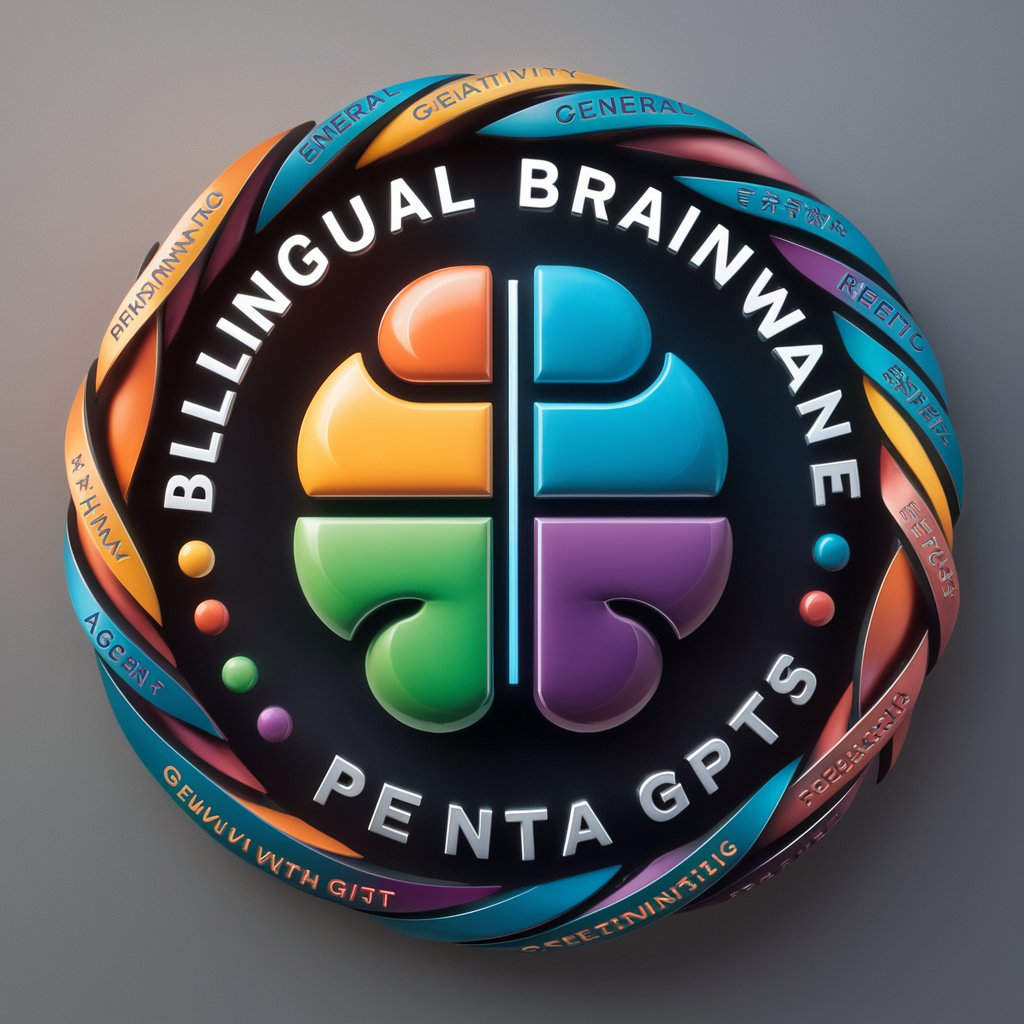
【日本語版】プロンプトパーフェクト
Precision in Every Prompt, Powered by AI

UML Master
Simplifying UML Diagrams with AI Expertise
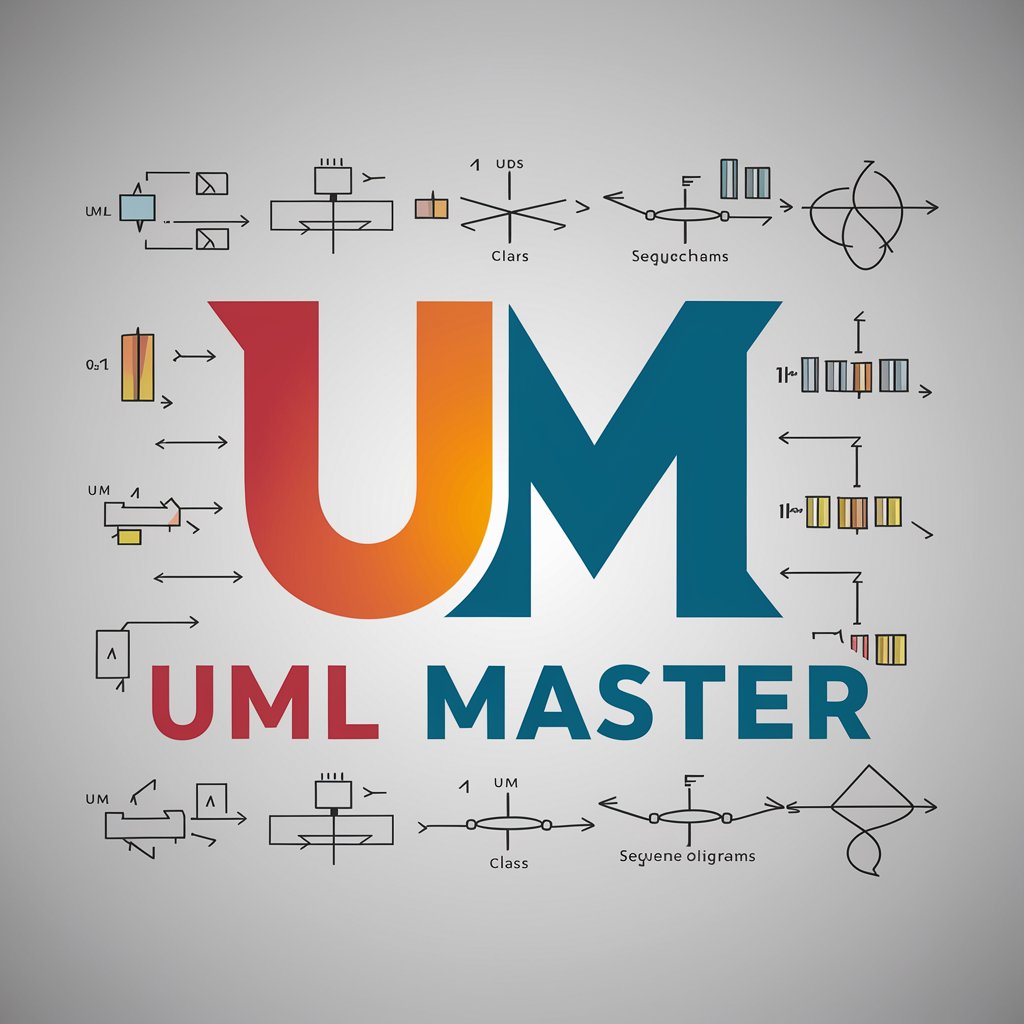
Concept Terminator
Your AI Guide for Concept Mastery
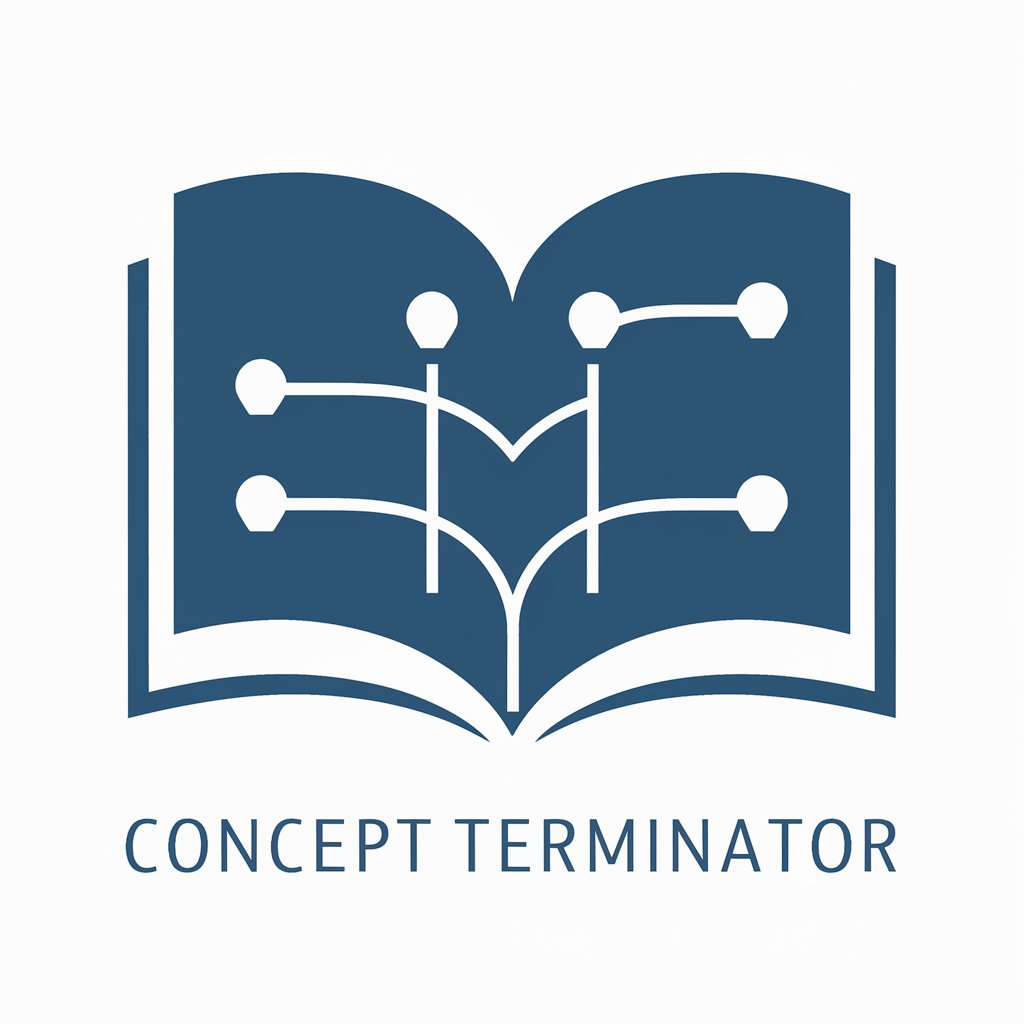
Traditional Japanese Logo Creator
Crafting Traditional Japanese Logos with AI

French Translator
Bridging Languages with AI Precision

セールストークPerfect
Craft Your Pitch, Power Your Sales with AI
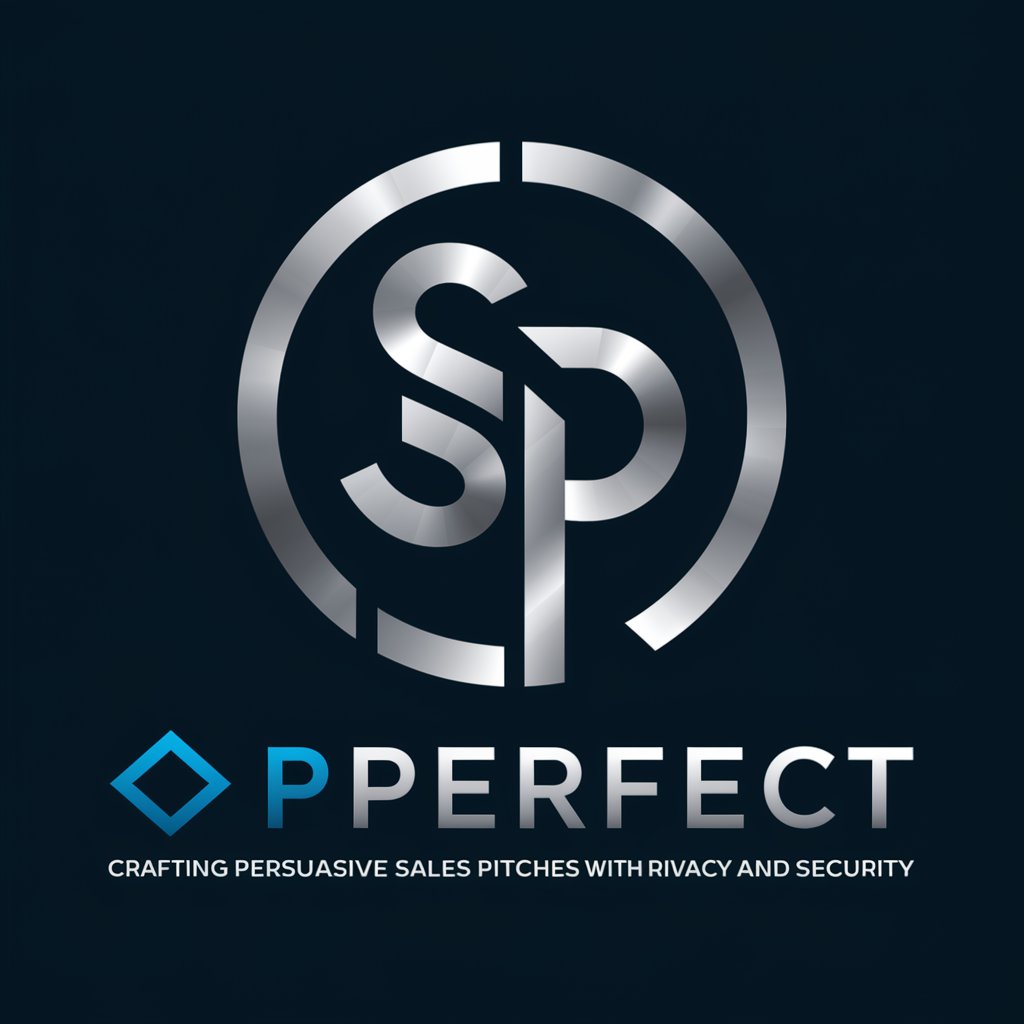
FX NAVI
Navigate Forex Trading with AI-Powered Insights

Imago
AI-powered Insights into Every Image

Hiragana Shiritori
Learn Hiragana with AI-powered fun

Detailed Q&A About SAFe Release Train Engineer
What is the role of a SAFe Release Train Engineer in Agile transformation?
The SAFe Release Train Engineer (RTE) acts as a servant leader and coach for the Agile Release Train (ART), guiding the train to successfully deliver value through Program Increments. They facilitate PI planning, assist with ART execution, manage risks, and drive continuous improvement.
How does the tool support Agile Release Train management?
This tool provides insights and methodologies to effectively manage ARTs, including facilitation techniques for PI planning, tools for tracking progress and performance, and strategies for enhancing team collaboration and alignment with SAFe principles.
Can the SAFe Release Train Engineer tool help with remote teams?
Absolutely. The tool offers virtual collaboration features and digital facilitation tools designed to support remote and distributed teams, ensuring effective communication, planning, and execution of ARTs across geographies.
What makes this tool unique in supporting SAFe implementation?
Its unique integration of SAFe principles with advanced AI capabilities allows users to access personalized coaching, scenario-based learning, and automated insights to address the specific challenges of scaling Agile practices in complex environments.
How does continuous learning feature in the tool?
The tool promotes continuous learning through a rich repository of resources, real-time feedback mechanisms, and adaptability to evolving SAFe guidelines, enabling users to stay at the forefront of Agile practices and methodologies.
